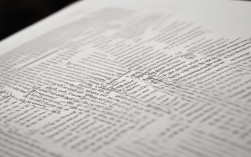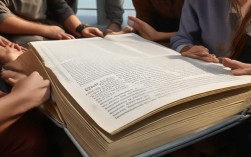The word "three" is one of the most basic yet essential terms in the English language. Whether you're learning English as a second language or simply need a quick refresher, understanding how to spell and use "three" correctly is crucial. This article covers everything from its spelling and pronunciation to common usage and interesting facts.

How to Spell "Three"
The correct spelling is T-H-R-E-E. It follows the standard English pattern for numbers but has a unique pronunciation that can sometimes confuse learners. The "th" sound at the beginning requires the tongue to touch the upper teeth, followed by a long "ee" sound.
Common Misspellings to Avoid:
- "Tree" (a plant, not the number)
- "Thre" (missing the final "e")
- "Thee" (an archaic term for "you")
Pronunciation of "Three"
The phonetic transcription is /θriː/, breaking down as:
- (voiceless dental fricative, like "think")
- r (rolled or lightly tapped, depending on accent)
- iː (long "ee" sound, as in "see")
Non-native speakers often struggle with the "th" sound, substituting it with "t" or "d." Practice by saying "think," "thank," and "three" repeatedly to master it.
Usage of "Three" in Sentences
"Three" functions as both a cardinal number (counting) and a noun (referring to the number itself).
Examples:
- Cardinal number: "She has three cats."
- Noun: "The number three is considered lucky in many cultures."
It also appears in:
- Ordinal form: "Third" (e.g., "He finished in third place.")
- Fractions: "One-third of the pie was eaten."
- Time: "It's three o'clock."
Cultural and Symbolic Meanings of "Three"
Many traditions attach significance to the number three:
- Religion: The Holy Trinity in Christianity (Father, Son, Holy Spirit).
- Folklore: "Third time’s the charm."
- Storytelling: Rule of Three (e.g., "The Three Little Pigs").
This recurring pattern makes "three" a powerful concept beyond its numerical value.
Common Phrases and Idioms with "Three"
English speakers use "three" in various expressions:
- "Three’s a crowd" – An unwanted third person in a duo.
- "Three sheets to the wind" – Someone heavily intoxicated.
- "Three-ring circus" – A chaotic situation.
Understanding these idioms helps in grasping conversational English.
Frequently Asked Questions
Is "three" spelled differently in British and American English?
No, both variants use "T-H-R-E-E."
Why does "three" start with "th"?
It originates from Old English "þrēo," where "þ" (thorn) represented the "th" sound.
How do you write "3" in words?
Always use "three" in formal writing unless referring to numerical data (e.g., "3 kg").
Tips for Remembering the Spelling
- Associate it with similar words: "free," "tree," but note the "th."
- Use mnemonics: "Tiny Horses Run Every Evening" (T-H-R-E-E).
- Practice writing it in sentences.
Fun Facts About "Three"
- Mathematics: The only number equal to the sum of the preceding numbers (1 + 2 = 3).
- Sports: Many games use three periods (e.g., hockey) or three strikes (baseball).
- Language: One of the shortest words with a double "e."
Mastering "three" is a small but vital step in English fluency. Whether writing, speaking, or interpreting idioms, its correct use enhances clarity and confidence. Keep practicing, and soon, spelling and pronouncing "three" will feel effortless.





